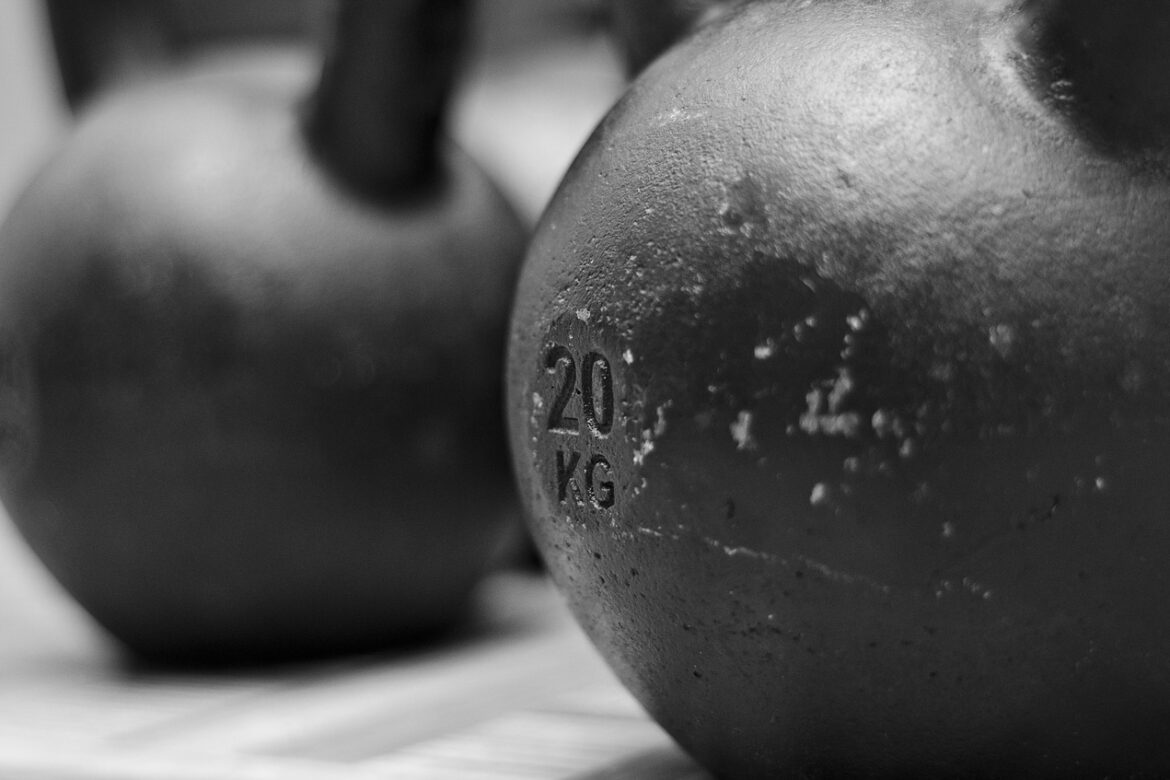The Kettlebell through the ages
Kettlebells have been around for many centuries. The origins aren’t specifically known but most often get credited to Russia in the 1700s. New research is suggesting Germany used them before Russia, and now there is even considering that tools like them were used in ancient Greece! This is not a history lesson, but it does demonstrate that the kettlebell is a proven method of strengthening and conditioning the body. Kettlebells have been so effective, that they have endured many hundreds of years and reached many countries and almost every continent.
Although Kettlebells did exist in the United States in the early 1900s, mostly used by the circus strongmen of the day, they seemed to die out in the 1940’s/’50s. However, beginning in the late 1990s and early 2000s, kettlebells have been gaining steam throughout the USA and have become popularized by Pavel Tsatsouline of StrongFirst Inc. Pavel formerly trained Russian Special forces and currently is one of the top trainers and consultants on exercise with many elite United States organizations including the Navy Seals, CIA, and other first responder units. Today you can find kettlebells in almost every gym across the US, as well as in retail stores like Target and Walmart. There are countless Youtube, Facebook, and Instagram posts ranging from the most basic to ultra-complex kettlebell exercises.
The Benefits
Over the past decade or so, Physical Therapy practitioners have begun to recognize the incredible benefits that the kettlebell offers to rehabilitation. There have been many research studies which show very promising results with the use of a kettlebell to fortify the spine and shoulders against injury, as well as developing all-around speed, strength, and cardiovascular endurance in just about every athletic pursuit. This potential lies in the unique shape of the bell itself. Shaped like a cannonball with a handle on top, it allows for an offset center of gravity to be loaded through the body, which can help with stimulating more stability and mobility which will offer increased strength and resilience. Most things in life are not 100% symmetrical so training with asymmetrical or unbalanced loads is quite helpful with developing real-life applicable strength. As well, the unique shape allows for performing very dynamic exercises which not only develop power and strength but also cardiovascular conditioning, ie the kettlebell swing. Due to the shape of the kettlebell along with the physics of swinging an object through an arc, one can develop extraordinary force with the swing of a “light” kettlebell. This is referred to as “virtual force.” If you remember your physics class, Force = mass X acceleration. When standing on a force plate (an instrument used to measure the amount of force applied into the ground) swings using a 53 lb kettlebell exceeded 500 lbs of force measured on the force plate!
The Kettlebell is great for helping our neuro-motor system control stability along with mobility while taking us through developmental patterns of movement ie the Turkish Get-up as well as through rapid-fire sequences of high tension and relaxation through the more ballistic exercises.
How to train safely with Kettlebells
As the popularity of kettlebells increases, so also does the watering down of quality movement patterns, which can increase the risk of injury. It is highly recommended that most people learn the fundamental techniques through a certified kettlebell instructor. StrongFirst is one of the preeminent organizations in the world with kettlebell training and certifications, called the SFG certification.
Come learn Kettlebell fundamentals here at Freedom Physical Therapy Services, Grafton location. These skills will help you take your strength and conditioning to the next level, help to keep your joints and body physically healthy and be able to safely employ this time tested modality in your local gym.

